Home>Dining>Table Decor>How To Style A Tulip Table
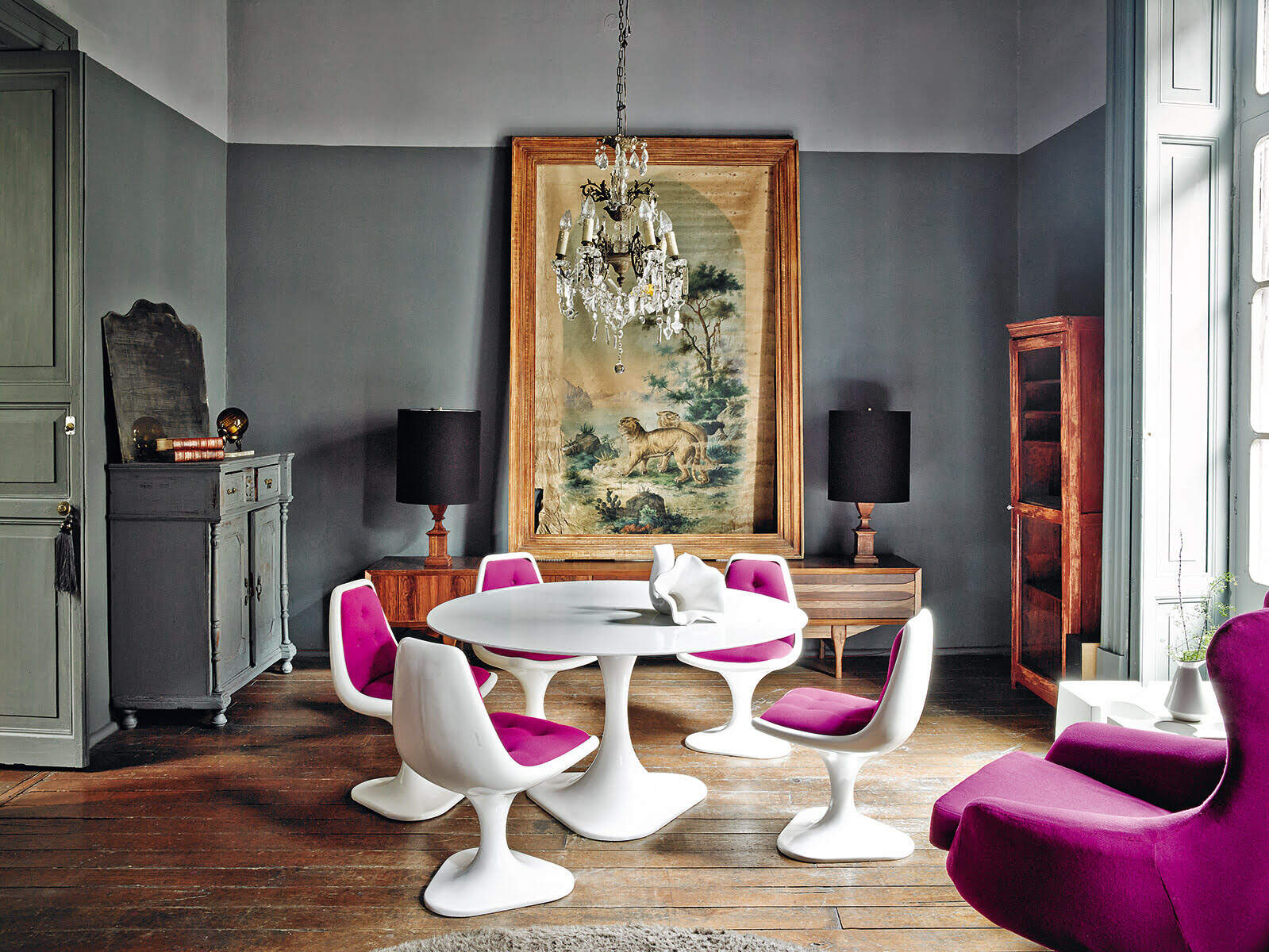

Table Decor
How To Style A Tulip Table
Modified: December 7, 2023
Discover the best tips and tricks for styling your Tulip Table to create a stunning table decor centerpiece. Learn how to elevate your dining space with this iconic piece.
(Many of the links in this article redirect to a specific reviewed product. Your purchase of these products through affiliate links helps to generate commission for Storables.com, at no extra cost. Learn more)
Introduction
Welcome to the world of table decor! Table styling is an art form that allows you to enhance the beauty and functionality of your living space. And when it comes to table decor, one piece that stands out for its elegance and versatility is the Tulip Table.
The Tulip Table, also known as the Saarinen Table, was designed by Finnish-American architect Eero Saarinen in the 1950s. Its sleek and minimalistic design, featuring a single, curved pedestal base, makes it a timeless classic that can effortlessly blend into any interior aesthetic.
Whether you’re new to table styling or looking to refresh your current decor, this article will walk you through the process of styling a Tulip Table to perfection. From choosing the right size and placement to coordinating colors, textures, and accessories, we’ve got you covered. So let’s dive in and discover how to transform your Tulip Table into a stunning centerpiece.
Key Takeaways:
- Elevate your living space with a timeless Tulip Table, choosing the right size, material, and placement to create a harmonious and visually appealing environment that reflects your personal style and practical needs.
- Coordinate colors, textures, and accessories to enhance your Tulip Table, pairing it with the right chairs and adding finishing touches to create a welcoming and visually stunning space. Regular maintenance and cleaning will ensure its longevity and pristine condition.
Read more: How To Make A Tulip Style Table Pedestal
Choosing a Tulip Table
When selecting a Tulip Table for your space, there are a few considerations to keep in mind. Firstly, decide on the material that best suits your style and practical needs. The Tulip Table is available in a variety of finishes, including marble, wood, and laminate. Each material has its own unique characteristics and maintenance requirements.
If you prefer a luxurious and timeless look, a marble top Tulip Table is an excellent choice. The natural veining and polished surface of marble add a touch of elegance to any room. However, it’s important to note that marble requires regular sealing and can be susceptible to stains and scratches.
On the other hand, a wood top Tulip Table brings warmth and organic beauty to your space. Opt for a high-quality wood, such as walnut or oak, for durability and longevity. Keep in mind that wood may require occasional refinishing to maintain its luster.
If you’re looking for a more budget-friendly option that’s easy to clean and maintain, a laminate top Tulip Table is a great choice. Laminate provides a smooth and durable surface that is resistant to stains and scratches. It’s available in a wide array of colors and finishes, allowing you to find the perfect match for your decor.
Next, consider the size of the Tulip Table that will best fit your space. Measure the area where you plan to place the table, taking into account the surrounding furniture and traffic flow. Be sure to leave enough room for comfortable seating and movement around the table. Keep in mind that the Tulip Table is available in various sizes, ranging from small bistro-style tables to large dining tables.
Lastly, think about the style and design of the Tulip Table that complements your existing decor. The beauty of the Tulip Table lies in its simplicity, making it adaptable to various interior styles, from modern and contemporary to mid-century and eclectic. Choose a Tulip Table that enhances the overall aesthetic of your space, whether you prefer a classic white top or a bold colored tabletop.
By considering the material, size, and design of your Tulip Table, you can ensure that it not only suits your personal taste but also fits seamlessly into your living space. So take your time and explore the options available to find the perfect Tulip Table that will become the focal point of your room.
Selecting the Right Size
Choosing the right size for your Tulip Table is crucial to optimizing both function and aesthetics. Here are some tips to help you select the perfect size for your space:
1. Measure your space: Before deciding on the size of your Tulip Table, measure the area where it will be placed. Consider the dimensions of the room, the surrounding furniture, and the flow of traffic. You want to ensure that there is enough space for chairs to comfortably fit around the table and allow for easy movement.
2. Consider the number of seats needed: Determine how many people you would like to seat at your Tulip Table. This will help you narrow down the size options. As a general guideline, allow for about 24 inches of width per person to ensure ample elbow room.
3. Round or oval? Tulip Tables come in both round and oval shapes. Round tables work well in smaller spaces and can accommodate a cozy gathering of 4-6 people. Oval tables offer a bit more flexibility and can seat more guests comfortably. Consider the shape that suits your space and dining preferences.
4. Balance with surrounding furniture: If your Tulip Table will be placed in a dining area, consider the size and style of your dining chairs. You want to strike a balance between the size of the table and the chairs to create a visually pleasing and functional arrangement. Ensure that there is enough space between each chair for comfortable seating.
5. Scale and proportion: Keep in mind the overall scale and proportion of your room. A large table in a small space can overwhelm the room, while a small table in a large space may get lost. Aim for a size that complements the size of the room and other furniture pieces.
Remember, the size of your Tulip Table can greatly impact the functionality and overall look of your space. Take the time to consider your specific needs and preferences to select a size that creates a harmonious and inviting dining area.
Determining the Ideal Placement
The placement of your Tulip Table plays a vital role in creating a functional and visually appealing space. Here are some factors to consider when determining the ideal placement:
1. Room layout: Take note of the room’s layout and architectural features. Consider the size and shape of the room, as well as the location of windows, doors, and focal points. Look for a central area that allows for easy access and conversation flow around the table.
2. Natural light: If possible, position your Tulip Table near a window or in a well-lit area to take advantage of natural light. Natural light not only enhances the overall ambiance but also allows you to showcase the beauty of the table and its surroundings.
3. Traffic flow: Ensure that there is enough space around the table for easy movement. You don’t want the table to obstruct walkways or make it difficult for guests to navigate around the room. Leave ample room for chairs to be pulled in and out comfortably.
4. Proximity to kitchen or dining area: If your Tulip Table will serve as a dining table, consider its proximity to the kitchen or dining area. You want to ensure that it is conveniently located for serving and clearing dishes. The closer the table is to these areas, the more practical and efficient your dining experience will be.
5. Focal point: Consider positioning the Tulip Table as a focal point in the room. You can accomplish this by placing it in the center of the space or against a feature wall. A strategically placed Tulip Table can create a sense of balance and visual interest in the room.
6. Versatility: The great thing about the Tulip Table is its versatility. It can be used as a dining table, a workspace, or even a statement piece in a living area. When determining the ideal placement, think about how you will utilize the table and choose a location that best serves its intended purpose.
Ultimately, the ideal placement of your Tulip Table will depend on your specific space and needs. Take into account the room’s layout, natural light, traffic flow, proximity to other areas, and the desired focal point. By carefully considering these factors, you can create a harmonious and functional space that showcases the beauty of your Tulip Table.
Coordinating Colors and Textures
Coordinating the colors and textures of your Tulip Table with the rest of your decor is essential to create a cohesive and visually appealing space. Here are some tips to help you achieve a harmonious look:
1. Consider the existing color palette: Take a look at the colors already present in your room and use them as a starting point. Consider the walls, flooring, and other furniture pieces. This will help you select a Tulip Table color that complements the overall color scheme.
2. Match or contrast: Decide whether you want your Tulip Table to blend in with the existing colors or act as a statement piece. Matching the table’s color to the surrounding elements creates a cohesive and unified look. On the other hand, opting for a contrasting color can add visual interest and create a bold focal point.
3. Tone-on-tone: If you prefer a more subtle and sophisticated look, consider a tone-on-tone approach. Choose a Tulip Table color that is within the same color family as your walls or other key furniture pieces. This creates a harmonious and seamless transition between elements in the room.
4. Texture play: Don’t forget to consider textures when coordinating your Tulip Table. Pair smooth surfaces, such as a marble or laminate top, with textured elements like a shag rug or textured wall. This contrast adds depth and visual richness to your space.
5. Pop of color: If you want to inject some vibrancy and personality into your room, use your Tulip Table as an opportunity to add a pop of color. Opt for a bold or vibrant tabletop hue that complements or contrasts with the surrounding elements. This can be an exciting way to showcase your personal style.
6. Accessorize with complementary colors: Once you’ve chosen the color palette for your Tulip Table, continue the coordination through accessories. Select table linens, placemats, cushions, or artwork that incorporate or complement the chosen colors. This helps tie the whole room together.
Remember, coordination is key when it comes to colors and textures. Aim for a cohesive look that enhances the overall aesthetic of your space. Whether you choose to match, contrast, or add a pop of color, selecting the right color and texture combination for your Tulip Table will create a visually stunning and harmonious environment.
When styling a tulip table, consider using a statement centerpiece to add visual interest and balance to the sleek, minimalist design of the table. This could be a large vase with fresh flowers, a sculptural object, or a decorative bowl.
Read more: How To Style A Glass Dining Table
Styling with Chairs
Choosing the right chairs to accompany your Tulip Table is essential not only for comfort but also for completing the overall look and feel of your dining area or living space. Here are some tips to help you style your Tulip Table with chairs:
1. Match the style: Consider the style of your Tulip Table and select chairs that complement its design. If you have a modern or contemporary table, opt for sleek and streamlined chairs that share the same aesthetic. For a more traditional or rustic table, choose chairs with classic or vintage charm.
2. Coordinate colors: Coordinate the colors of your chairs with the Tulip Table and the rest of your room. Matching the chairs to the table creates a cohesive and unified look. If you prefer a more eclectic style, consider mixing and matching different chair colors for a playful and unique combination.
3. Contrast or complement: Depending on your desired look, you can either contrast or complement the colors and materials of your Tulip Table with the chairs. For example, if you have a white Tulip Table, consider pairing it with bold-colored chairs to create a striking contrast. On the other hand, if your table has a marble top, opt for chairs in neutral tones to complement the elegance of the table.
4. Comfort is key: While style is important, don’t forget about comfort. Choose chairs that are comfortable to sit in for extended periods. Consider factors such as cushioning, backrest support, and armrests. You want your guests to feel relaxed and at ease when dining or socializing around the table.
5. Mix and match: For a more eclectic and personalized look, consider mixing and matching different chair styles. This can create a visually interesting and dynamic composition. However, make sure there is a common element that ties the chairs together, such as color, material, or design details.
6. Consistency in height: When selecting chairs for your Tulip Table, ensure that they are the appropriate height to maintain a comfortable and ergonomic dining experience. The chairs should allow guests to sit at a comfortable height in relation to the table without feeling too high or too low.
Remember, the chairs you choose will greatly impact the overall style and functionality of your dining area or living space. Take the time to consider the style of your table, coordinate colors, and prioritize comfort. By styling your Tulip Table with the right chairs, you can create a welcoming and visually pleasing environment for you and your guests to enjoy.
Enhancing with Accessories
Accessories are the finishing touches that can elevate your Tulip Table and add personality and style to your space. Here are some ideas for enhancing your Tulip Table with accessories:
1. Centerpiece: A well-chosen centerpiece can become the focal point of your table. Consider a vase of fresh flowers, a bowl of fruits, or a statement sculpture. Choose something that complements the style and color scheme of your table and surrounding decor.
2. Tablecloth or runner: For a more formal and elegant look, consider adding a tablecloth or runner to your Tulip Table. Choose a fabric and color that complements the overall decor. This can instantly add a touch of sophistication and refine the look of your dining area.
3. Tableware: Select tableware that complements the style of your Tulip Table. Opt for matching or coordinating plates, bowls, and glasses. Consider using different textures, materials, or patterns to add visual interest and create an eclectic look.
4. Lighting: Use lighting to set the mood and create a warm and inviting atmosphere around your Tulip Table. Consider hanging a pendant light directly above the table or adding a table lamp for a more intimate dining experience. The right lighting can enhance the beauty of your table and create a cozy ambiance.
5. Decorative objects: Place decorative objects on your Tulip Table to add a personal touch. This can include small sculptures, art pieces, or even candles. Choose objects that resonate with your style and reflect your interests or hobbies.
6. Textiles: Incorporate textiles to add texture and warmth to your Tulip Table. Consider adding placemats, coasters, or napkins that complement the colors and materials of your table. Choose textiles with interesting patterns or textures to create a layered and visually appealing look.
7. Wall art: If your Tulip Table is positioned against a wall, consider hanging artwork or a mirror above it. This adds depth and visual interest to the space and creates a cohesive look between the table and its surroundings.
Remember, the key to enhancing your Tulip Table with accessories is to choose items that complement the overall style, colors, and aesthetic of your space. Play with different elements and objects to create a personalized and visually engaging arrangement that reflects your style and adds character to your space.
Maintaining and Cleaning Tips
Proper maintenance and cleaning are essential for keeping your Tulip Table looking its best and ensuring its longevity. Here are some tips to help you maintain and clean your Tulip Table:
1. Follow manufacturer’s instructions: Before cleaning your Tulip Table, refer to the manufacturer’s instructions for specific care and maintenance guidelines. Different materials may have specific requirements, so it’s important to follow the recommended practices for your particular table.
2. Regular dusting: Dust your Tulip Table regularly using a soft, lint-free cloth or a feather duster. This helps prevent the accumulation of dust and debris, which can scratch the surface over time. Pay attention to the base and crevices of the table as well.
3. Avoid harsh abrasives: When cleaning your Tulip Table, avoid using harsh abrasives or chemical cleaners that can damage the surface. Instead, opt for mild, non-abrasive cleaners specifically formulated for the material of your table.
4. Wipe spills immediately: In the event of spills, wipe them up immediately to prevent potential stains or damage. Use a soft, damp cloth to gently blot the area, being careful not to rub or scrub vigorously, as this can worsen the stain or damage the finish.
5. Use coasters and placemats: To protect the surface of your Tulip Table from heat, moisture, and scratches, always use coasters and placemats. This creates a barrier between the table and hot dishes, beverage glasses, and sharp utensils.
6. Avoid direct sunlight: Protect your Tulip Table from prolonged exposure to direct sunlight, as it can cause fading and damage to the surface. Consider using window treatments or moving the table to a shaded area to prevent this.
7. Prevent heat damage: Avoid placing hot pots, pans, or dishes directly on the surface of your Tulip Table. Always use trivets or heat-resistant pads to protect the table from heat damage.
8. Reapply sealant (if applicable): If your Tulip Table has a sealed surface, such as marble or wood, periodically check if it requires resealing. Follow the manufacturer’s instructions on how often to reapply sealant to maintain the protective barrier and prevent stains or damage.
By following these maintenance and cleaning tips, you can ensure that your Tulip Table remains in pristine condition for years to come. Regular care and attention will help preserve its beauty and functionality, allowing you to continue enjoying your stylish and versatile table.
Conclusion
Styling a Tulip Table is an exciting opportunity to enhance the beauty and functionality of your living space. From choosing the right size and material to coordinating colors, textures, and accessories, every decision contributes to creating a harmonious and visually appealing environment.
When selecting a Tulip Table, consider your personal style and practical needs. Choose a material that suits your aesthetics and maintenance preferences, whether it’s luxurious marble, warm wood, or easy-care laminate. Determine the right size for your space, considering the number of seats needed and the layout of the room.
Placement plays an important role in maximizing the impact of your Tulip Table. Find a central area with good natural light and ensure there is enough space for comfortable movement around the table. Consider the proximity to the kitchen or dining area for practicality.
Coordinating colors and textures is key to creating a cohesive and visually pleasing look. Match or contrast the colors of the Tulip Table with the surrounding elements, and explore texture play to add depth and richness to the space.
Pair your Tulip Table with chairs that complement its style and provide comfort. Match or contrast the colors of the table with the chairs, and consider mixing and matching different chair styles for an eclectic look. Consistency in height is important to maintain a comfortable dining experience.
Add the finishing touch to your Tulip Table with accessories that enhance its style and reflect your personality. Choose a centerpiece, tablecloth, lighting, decorative objects, and textiles that create a cohesive and inviting ambiance.
Maintaining and cleaning your Tulip Table ensures its longevity and keeps it looking its best. Follow the manufacturer’s instructions for care and use mild cleaning solutions. Wipe spills immediately, use coasters and placemats, and protect the table from direct sunlight and heat.
In conclusion, a well-styled Tulip Table can transform your living space into a beautiful and functional haven. By carefully considering the various aspects of table decor, you can create a space that is uniquely yours and reflects your personal style and preferences.
Frequently Asked Questions about How To Style A Tulip Table
Was this page helpful?
At Storables.com, we guarantee accurate and reliable information. Our content, validated by Expert Board Contributors, is crafted following stringent Editorial Policies. We're committed to providing you with well-researched, expert-backed insights for all your informational needs.
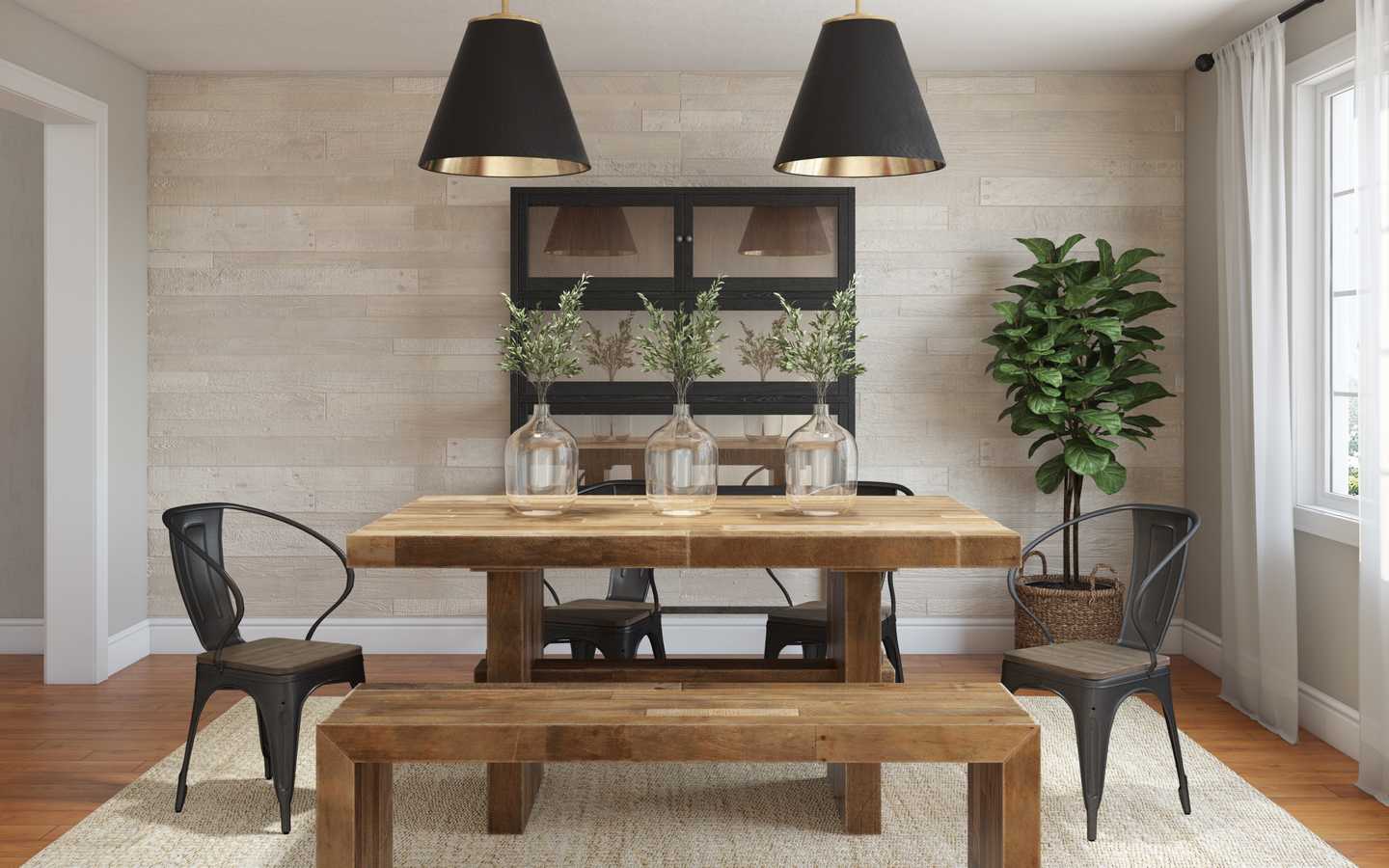
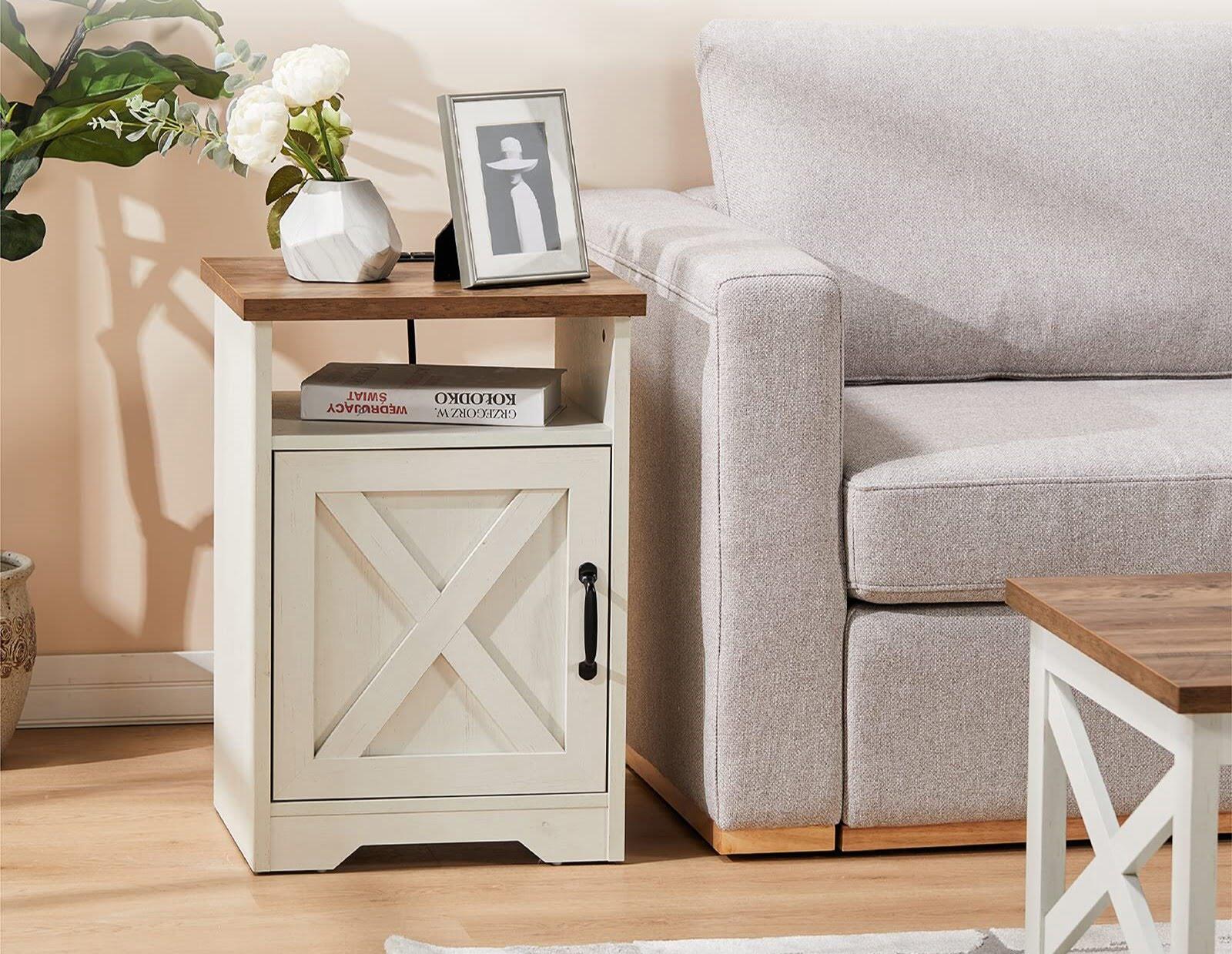
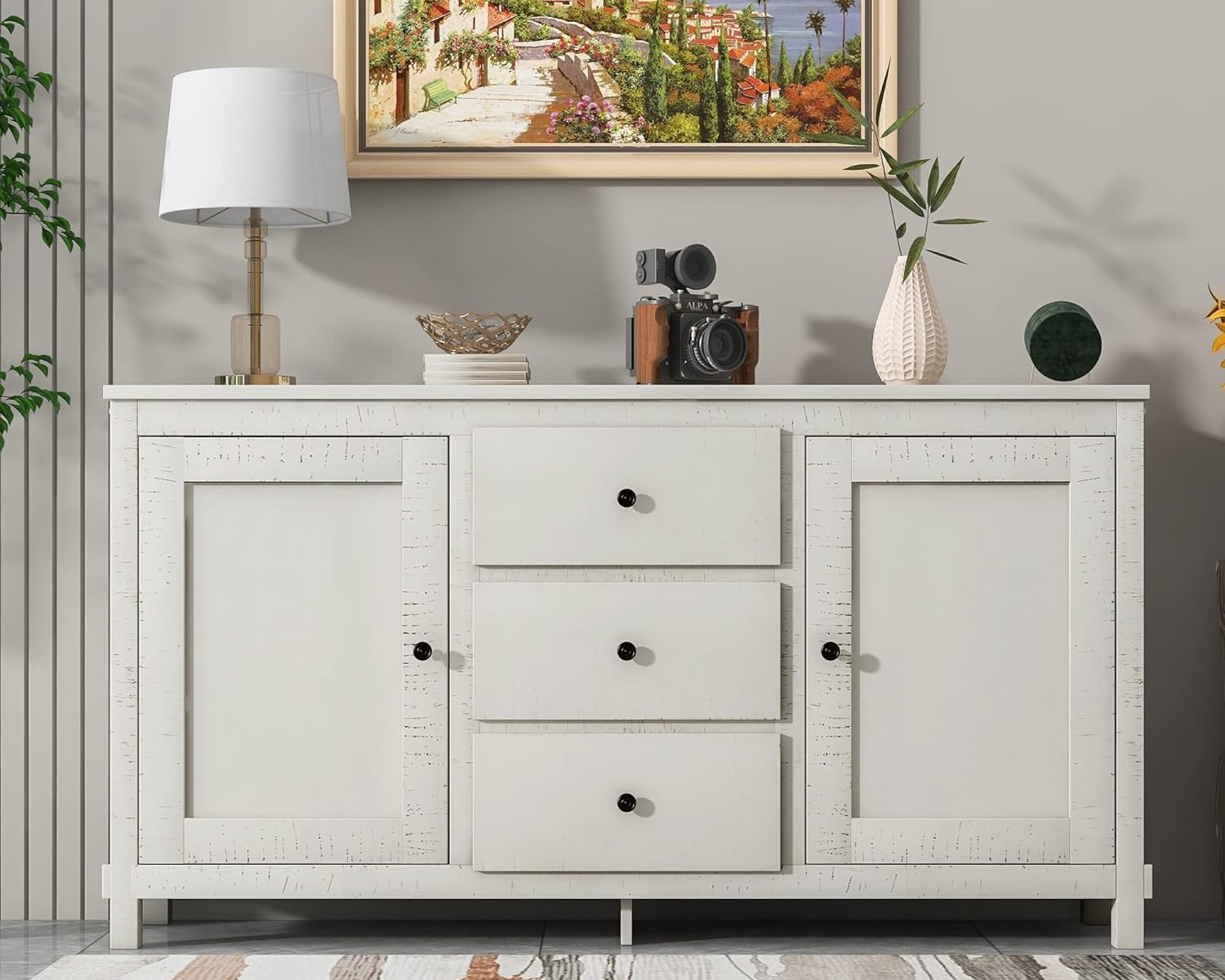
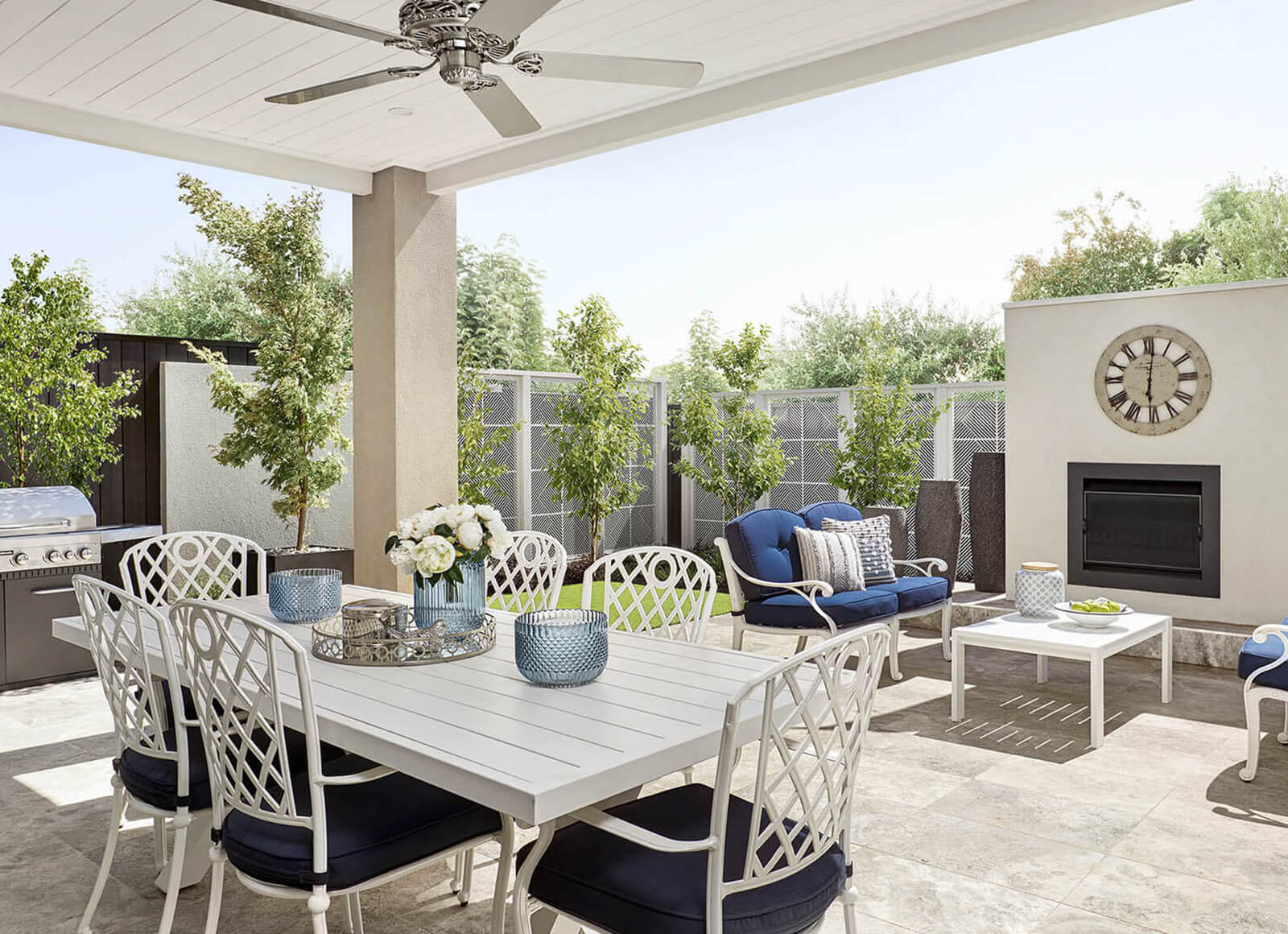

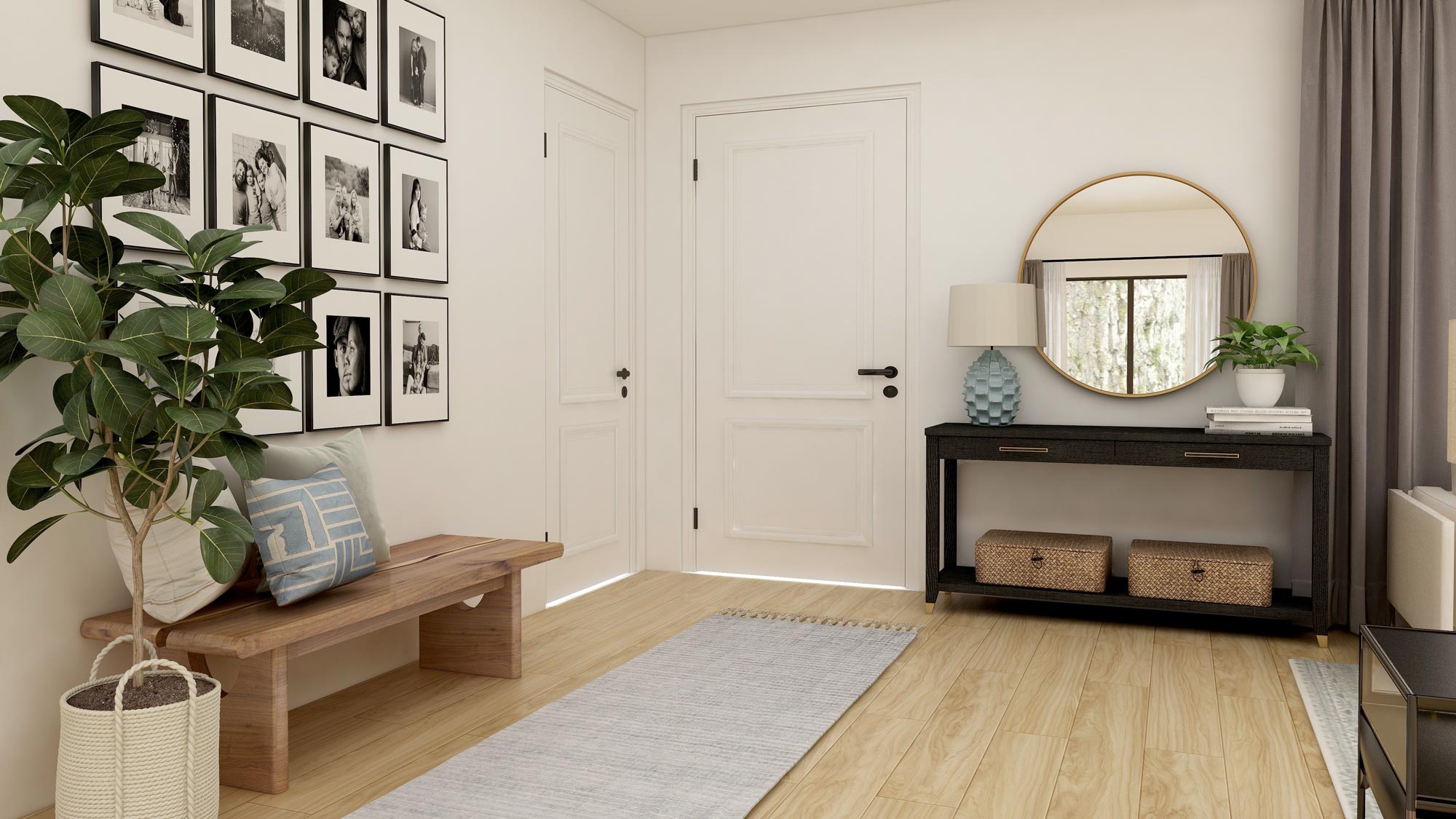
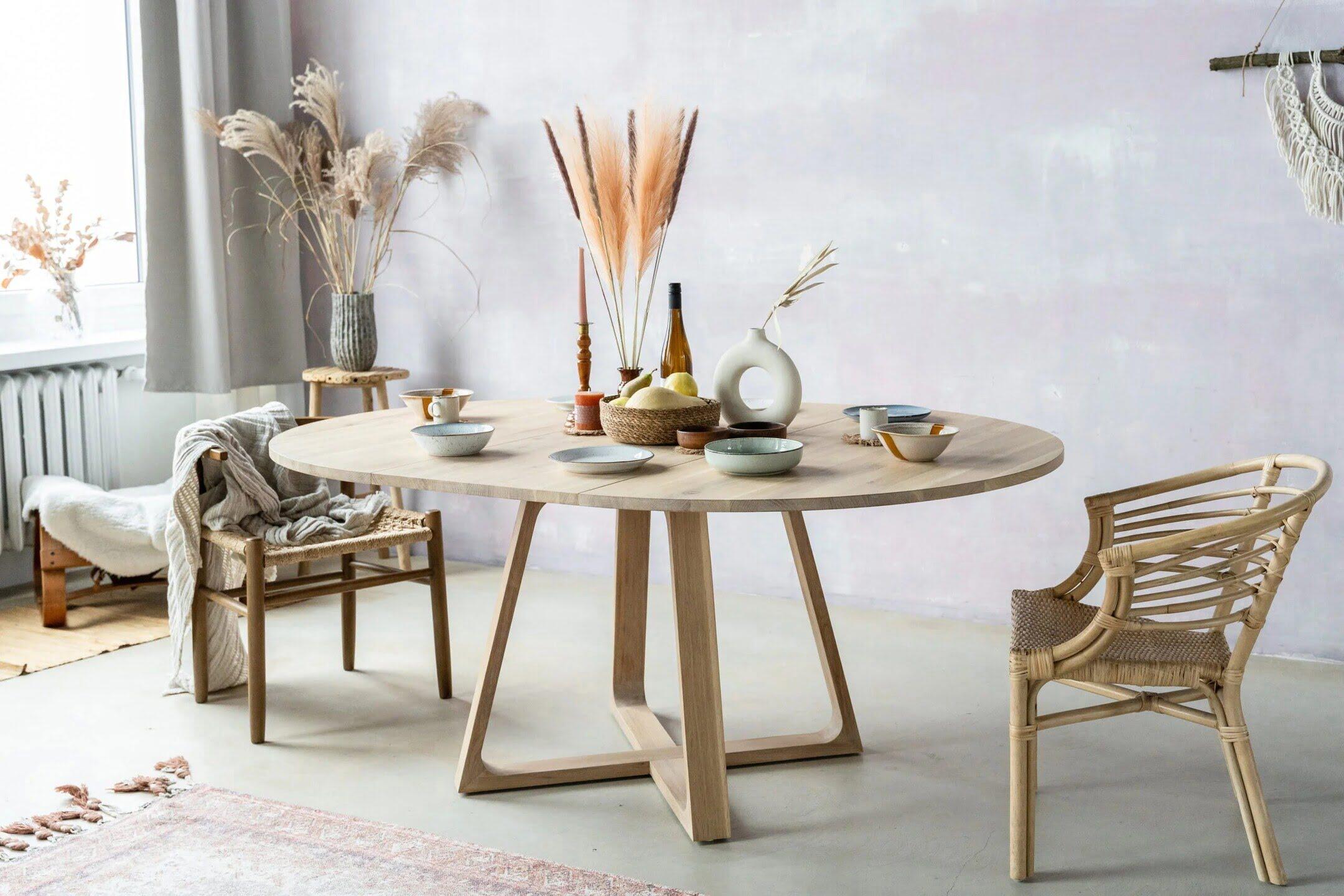
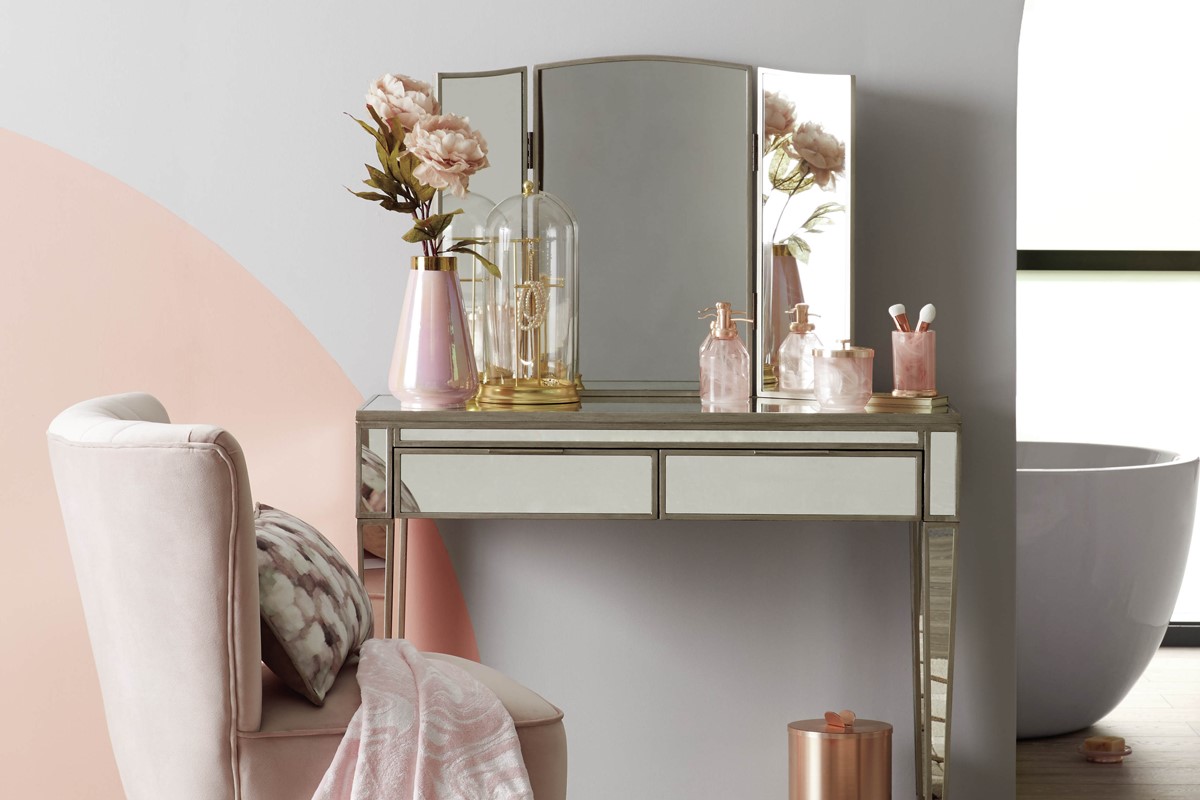
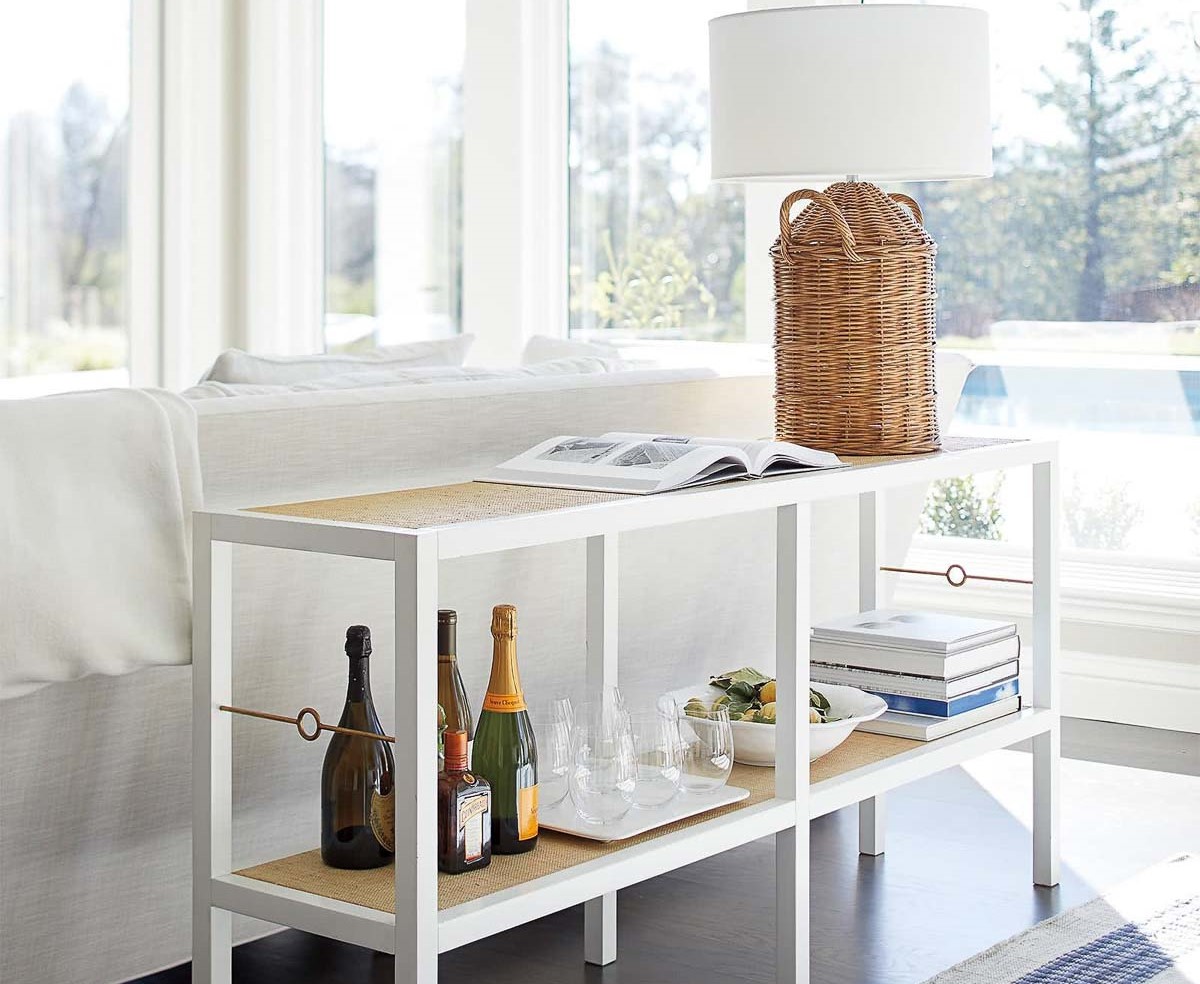
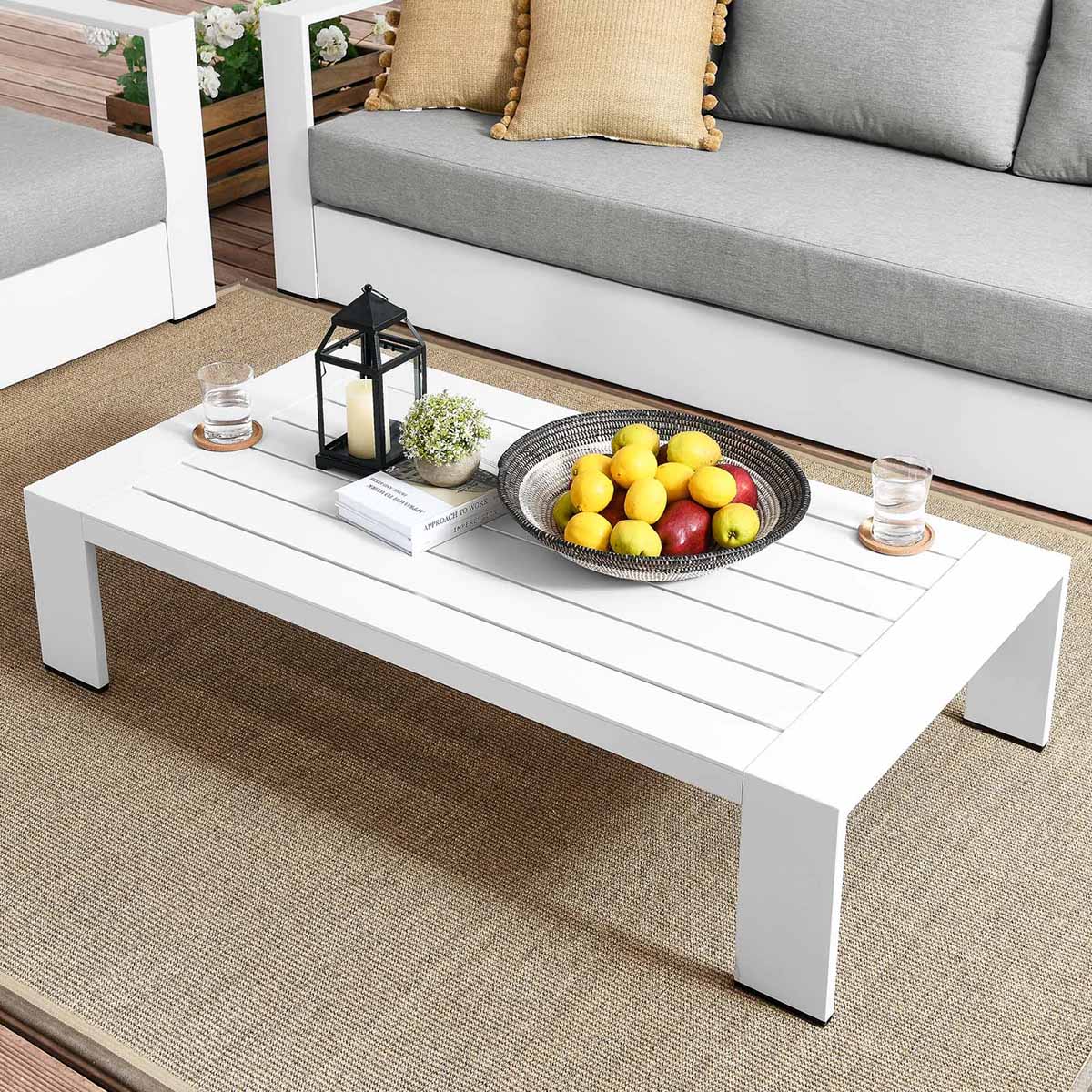
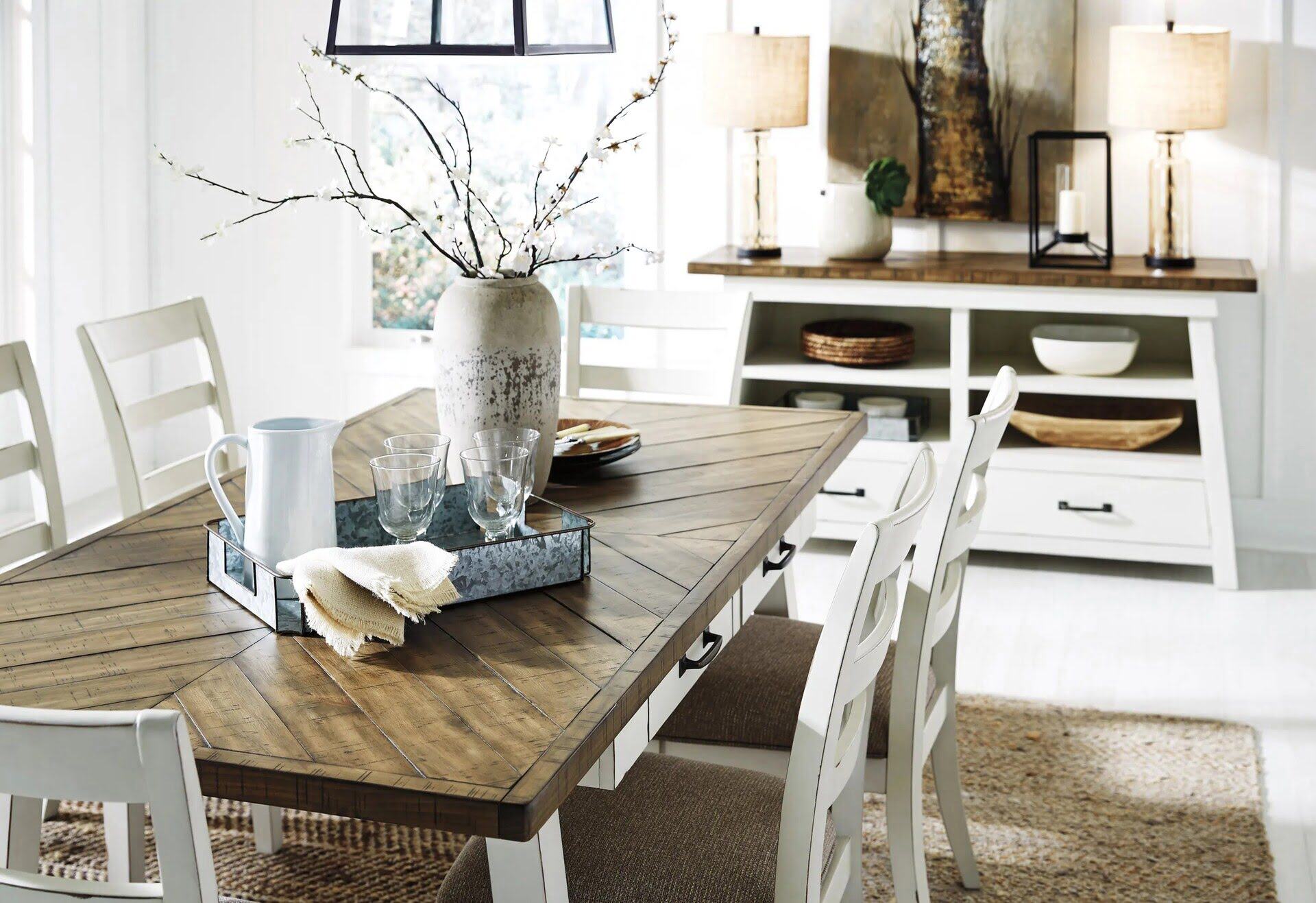
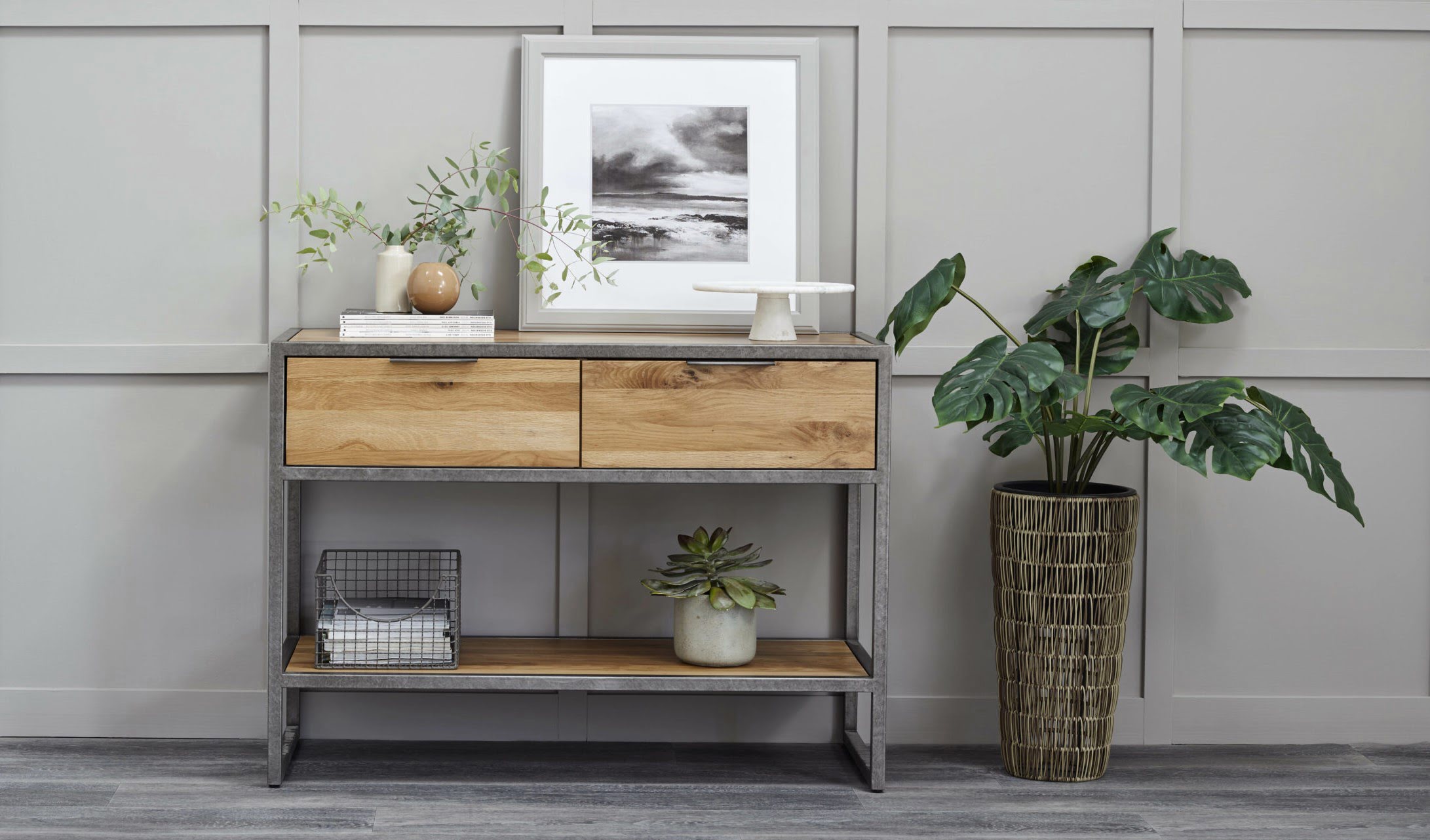
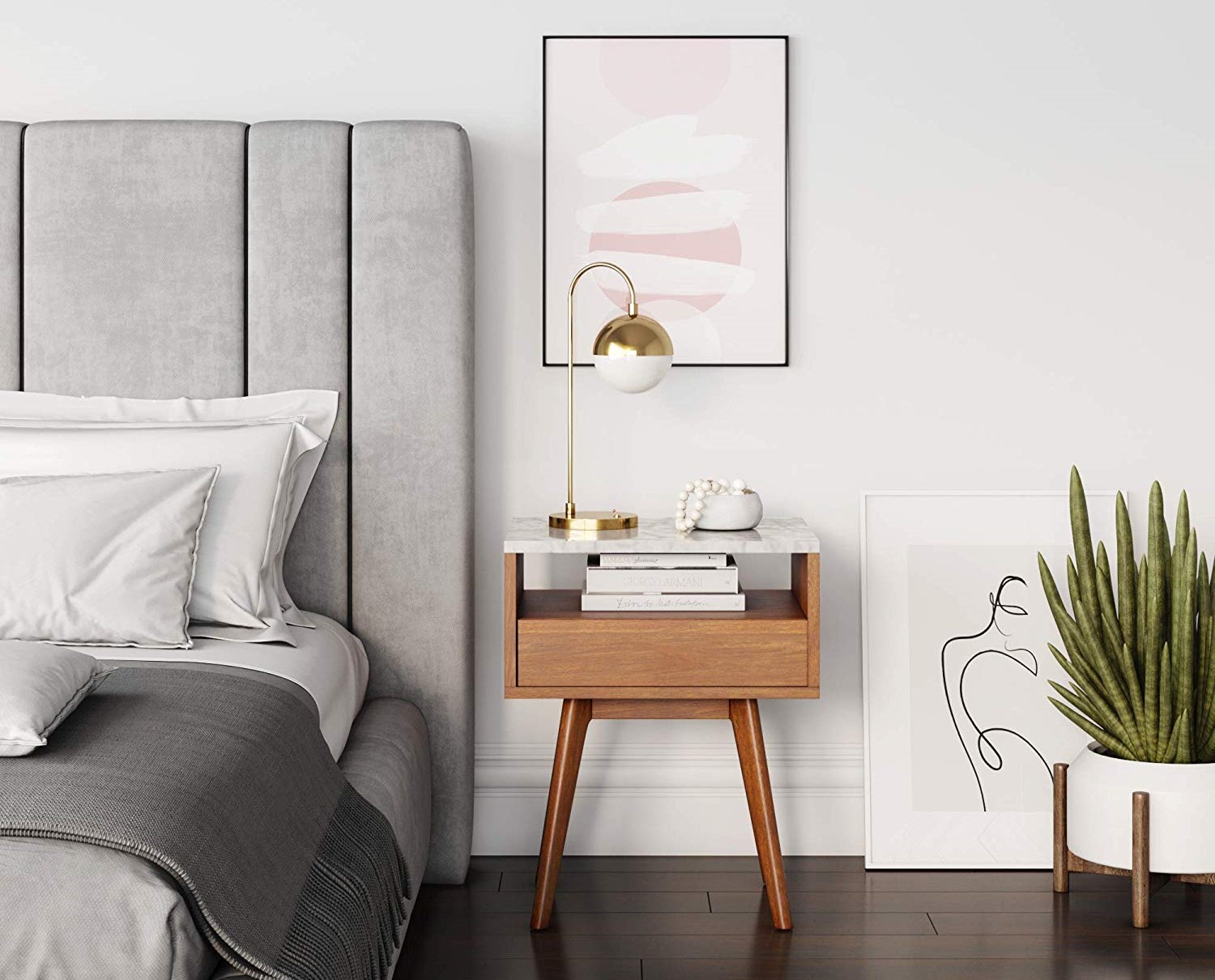
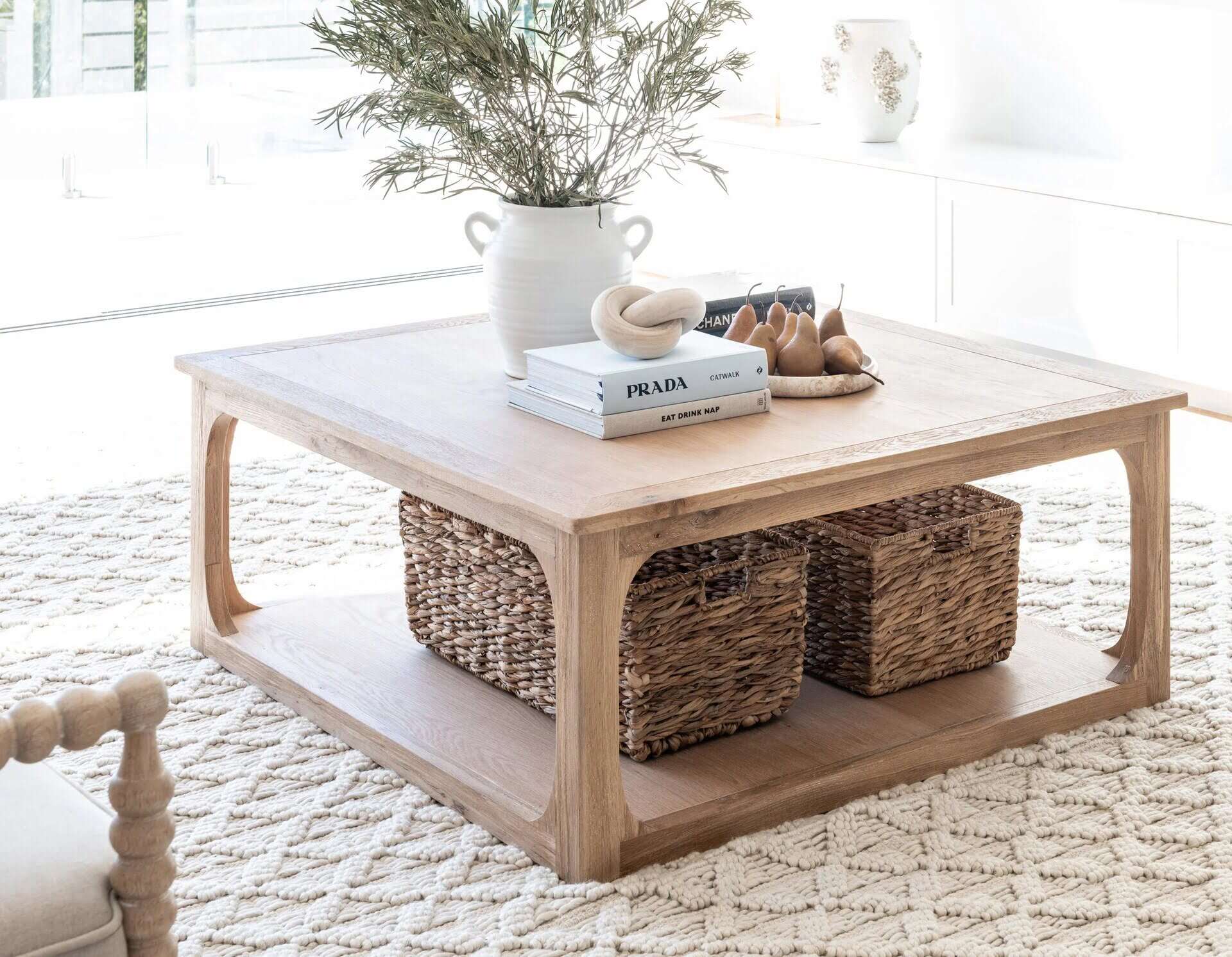

0 thoughts on “How To Style A Tulip Table”